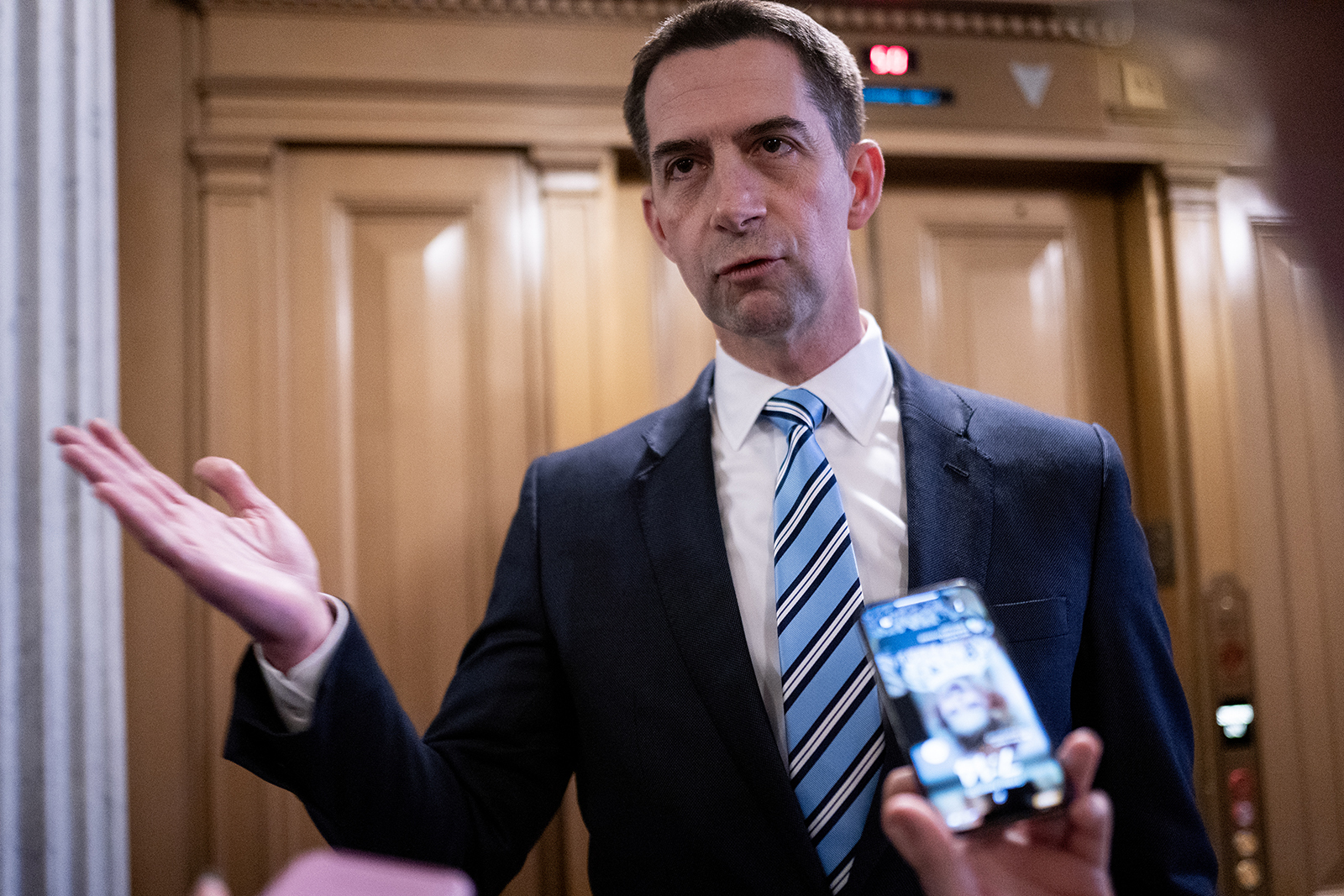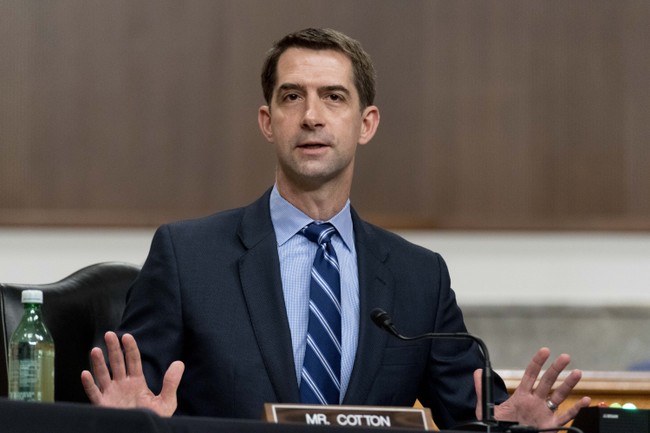A New York Times editor was terminated after publishing an op-ed advocating for President Trump to deploy the National Guard during the 2020 riots. However, the recent deployment of the National Guard by New York Gov. Kathy Hochul to the NYC subway hasn’t drawn significant criticism.
During a protest called “Stop the World for Gaza,” demonstrators blocked the Golden Gate Bridge for five hours. Senator Tom Cotton commented that such actions in Arkansas would result in consequences, sparking controversy. Cotton later posted on social media, suggesting that drivers stuck behind such protests take action themselves to clear the roads, receiving mixed reactions.
The San Francisco Chronicle reported on Cotton’s statements, igniting further debate. Some expressed support for individuals taking action against what they perceived as unlawful obstruction, while others criticized the notion of civilians taking matters into their own hands.

Social media responses varied, with some endorsing forceful measures to counteract protests blocking traffic while others argued against such actions. The debate centered on the perceived infringement of individual freedom of movement by protesters and the appropriate response to such situations.
Critics pointed out the potential dangers and legal complexities of civilians intervening in protests, emphasizing the role of law enforcement in handling such scenarios. Meanwhile, examples were cited where police intervention effectively prevented disruptions caused by protests, highlighting the importance of law enforcement presence and action.
Calls were made for legislative measures similar to the FACE Act, which criminalizes blocking access to abortion clinics, to address road obstruction during protests. The comparison between actions taken by law enforcement in different scenarios, such as the swift response in Detroit to prevent bridge blockades, fueled discussions on the role of authorities in maintaining public order.
